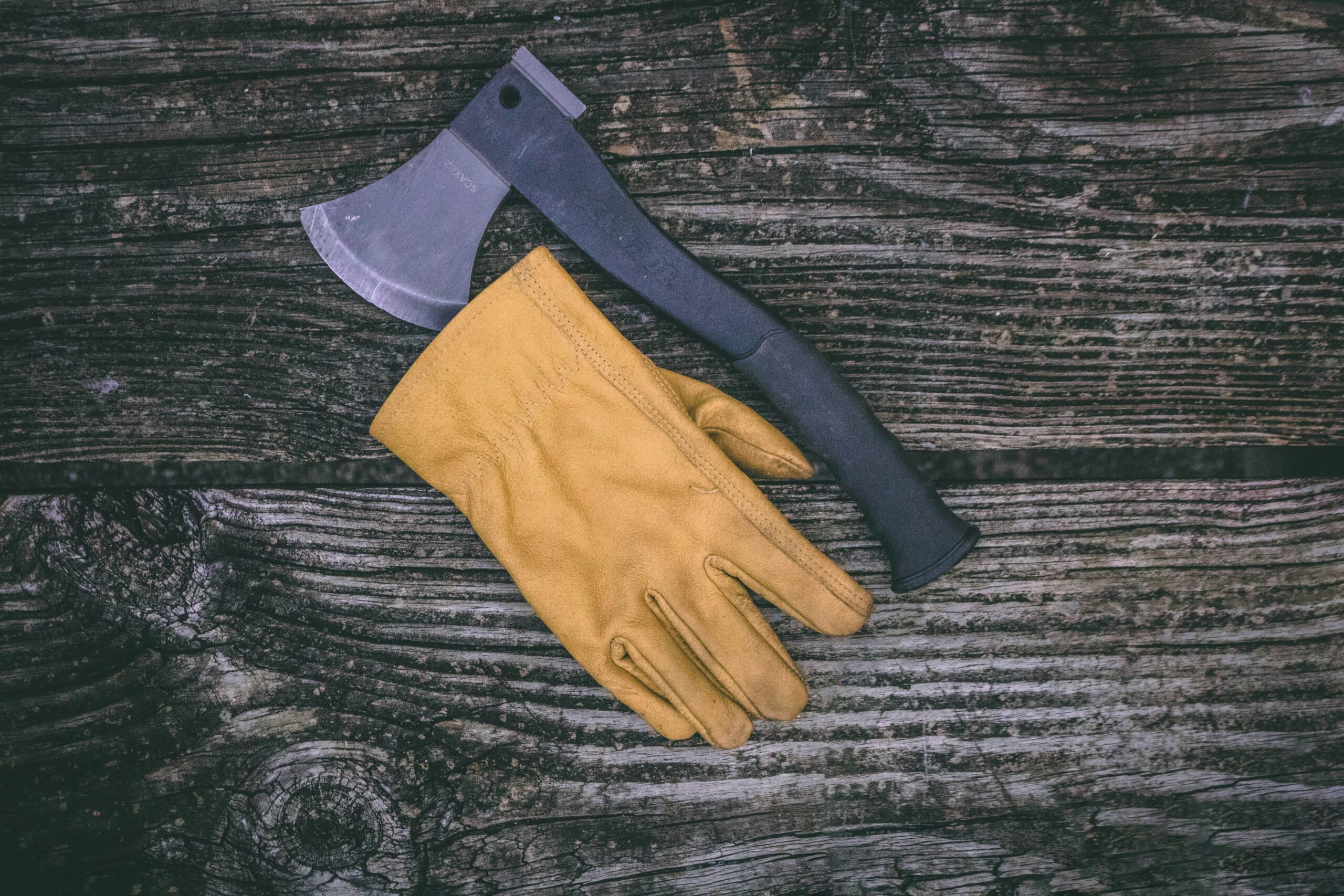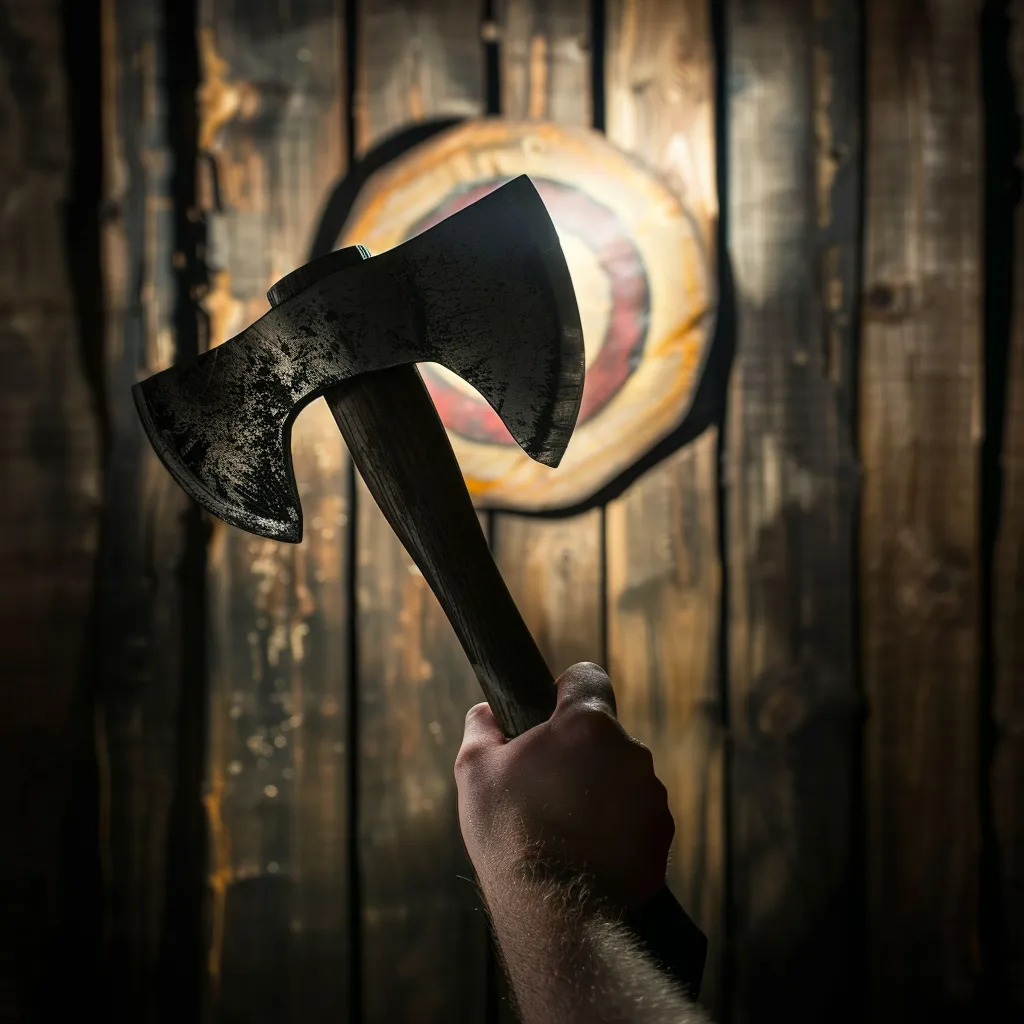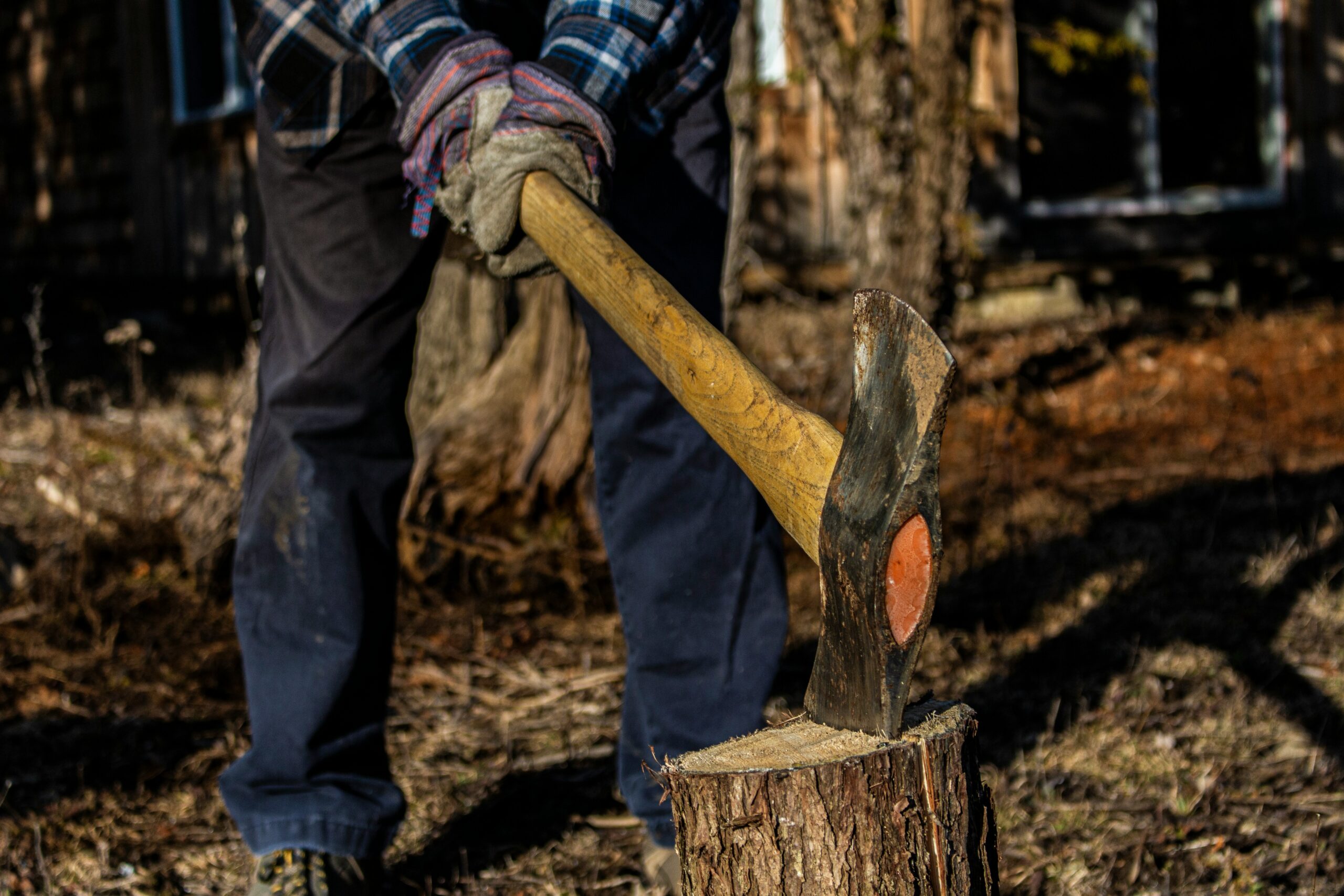When it comes to chopping wood, many people wonder whether to choose a single bit or double bit axe. Each type has unique features and functions suited for different tasks. This blog will explore the characteristics of Single bit vs Double bit axes, highlighting their advantages, drawbacks, and ideal uses. Whether splitting firewood or trimming limbs, understanding these differences can make your buying decision more straightforward and effective. By the end, you’ll know which axe is best for your specific needs.
Key Takeaways
- Single-bit axes are lightweight and ideal for tasks that require precision
- Double-bit axes offer versatility with two blades for various cutting techniques
- Choosing the right axe depends on specific needs and user experience
- The single-bit axe is great for firewood preparation and outdoor activities
- Double-bit axes increase efficiency in wood processing but require more skill to manage
Understanding Single Bit Axes: Design and Functionality

A single-bit axe is a tool designed for chopping, splitting, and shaping wood. Key features include its sharp steel bit, which is often easy to sharpen with tools like a sharpening stone, and its lightweight fiberglass handle, which provides durability and comfort. Common uses for single-bit axes range from camping and firewood preparation to various outdoor activities, making them a versatile choice for many users.
What Is a Single Bit Axe?
A single-bit axe features a one-sided blade that is effective for chopping and splitting wood, making it an excellent choice for tasks like preparing firewood or engaging in bushcraft activities. Typically made with a sturdy hickory handle, this axe offers both strength and comfort for the user. With its design focusing on efficiency, the single-bit axe is particularly favored by outdoor enthusiasts and lumber workers for its balance and ease of use.:
Key Features of Single-Bit Axes
Single-bit axes are designed with a focus on efficiency and ease of use. They typically feature a wedge-shaped blade that effectively chops hardwood and splits logs. This design allows users to tackle various tasks, from logging to preparing firewood, making them practical for outdoor enthusiasts and professionals alike.
- Wedge-shaped blade for effective chopping
- Lightweight design for better handling
- Ideal for splitting hardwood and preparing firewood
- Versatile for various outdoor and logging tasks
- Enhanced control for more precise cuts
Common Uses for Single-Bit Axes
Single-bit axes are popular tools for various outdoor activities. They are commonly used for chopping firewood, making them essential for camping trips and backyard fire pits. Additionally, single-bit axes are ideal for axe-throwing events, where users can enjoy a fun and competitive experience while also honing their wood-chopping skills.
Exploring Double Bit Axes: Features and Applications

Double-bit axes feature two blades on opposite sides of the head, offering unique advantages for various tasks. This section will define a double-bit axe, highlight its unique characteristics, and discuss typical scenarios for its use. Understanding these aspects helps users choose the best axe for their needs, whether for lumber tasks or outdoor activities.
Defining Double-bit Bit Axes
A double-bit axe is a tool characterized by two blades mounted on opposite sides of the head. This unique design allows for versatility, as one side can be used for chopping while the other serves different cutting applications. Double-bit axes are particularly useful for lumber tasks where various angles and cutting techniques are needed, enhancing efficiency and effectiveness in wood processing.
- Two blades for versatile cutting options
- Ideal for lumber tasks and multiple cutting angles
- Enhances efficiency in wood processing
Unique Characteristics of Double-Bit Axes
Double-bit axes stand out due to their two blades, which provide flexibility for various cutting tasks. The design allows users to switch between blades easily, enabling efficient chopping and splitting without needing a second tool. This versatility makes double-bit axes especially valuable for lumbering professionals and users who require different cutting techniques in one visit to the woods.
Typical Scenarios for Double Bit Axe Use
Double-bit axes are often used in situations where versatility is key. Lumberjacks appreciate them during tree felling, as they can easily switch between the two blades depending on the cutting task at hand. Additionally, these axes are excellent for tasks like shaping wood or creating notches, making them beneficial for carpentry projects in the field.
Comparing Single Bit and Double Bit Axes: The Fundamental Differences

When comparing single-bit and double-bit axes, several key factors come into play. First, blade configuration and design variations reveal how each type serves different purposes. Next, versatility and practicality in various tasks highlight their unique strengths. Finally, weight distribution and handling considerations impact user experience, making understanding these differences essential for effective tool selection.
Blade Configuration and Design Variations
The blade configuration of single-bit and double-bit axes significantly impacts their performance and usability. A single-bit axe features a sharp blade designed for efficient chopping and splitting, providing better control during precise cuts. In contrast, a double-bit axe has two blades that allow the user to switch between different cutting techniques, making it highly versatile for various tasks, such as felling trees or shaping wood.
Versatility and Practicality in Different Tasks
Versatility and practicality are significant factors when choosing between single-bit and double-bit axes. Single-bit axes excel at precise wood chopping, making them great for tasks like preparing firewood or making clean cuts.
On the other hand, double-bit axes offer flexibility, allowing users to switch between blades for different cutting tasks, such as felling trees or shaping wood. This adaptability makes double-bit axes particularly valuable for lumberjack professionals and those who often work in varied outdoor conditions.
Weight Distribution and Handling Considerations
Weight distribution significantly affects how single-bit and double-bit axes handle during use. Single-bit axes are generally lighter, making them easier to lift and swing, which allows users to work for extended periods without fatigue. In contrast, while heavier, double-bit axes offer a balanced weight that can improve control during more demanding tasks like felling trees or heavy cutting. This difference in handling can influence a user’s choice based on their specific needs:
- Single-bit axes are lightweight and easier to control.
- Double-bit axes provide better balance for heavy-duty tasks.
- Choosing the right axe affects user comfort and efficiency.
Advantages and Disadvantages of Single-Bit Axes

Single-bit axes offer several benefits, including their lightweight design and ease of use, making them a popular choice for various tasks. However, potential drawbacks exist, such as limitations in versatility compared to double-bit axes. This section will explore the advantages and disadvantages of single-bit axes and highlight ideal situations where they are most effective.
Benefits of Using a Single-Bit Axe
Using a single-bit axe offers several benefits, particularly in terms of ease of handling and control. Its lightweight design makes it ideal for activities like chopping firewood or performing bushcraft tasks without causing excessive fatigue. This type of axe provides excellent precision, allowing the user to make clean cuts with less effort, making it a go-to option for outdoor enthusiasts and casual users alike.
Potential Drawbacks to Be Aware Of
While single-bit axes are excellent for precise cutting, they have some limitations. One potential drawback is their reduced versatility compared to double-bit axes. This means that users may find single-bit axes less effective for complex tasks that require multiple cutting angles, such as heavy tree felling or shaping wood:
Ideal Situations for Single-Bit Axe Utilization
Single-bit axes are particularly effective in situations that require precision and control, such as chopping firewood for a camping trip or conducting bushcraft activities. Their lightweight design allows users to easily work for extended periods without tiring, making them ideal for outdoor enthusiasts who value efficiency and comfort. Additionally, for tasks that involve making clean cuts or splitting smaller logs, the single-bit axe is an excellent choice, ensuring that users can accomplish their goals with minimal effort.
Conclusion
Choosing between single-bit and double-bit axes is crucial for anyone involved in wood processing tasks. Single-bit axes excel in precision and control, making them ideal for activities like chopping firewood. In contrast, double-bit axes offer versatility and efficiency for various cutting techniques, benefiting professionals in lumber tasks. Understanding these differences allows users to select the right tool that enhances their effectiveness in outdoor and woodworking activities.

